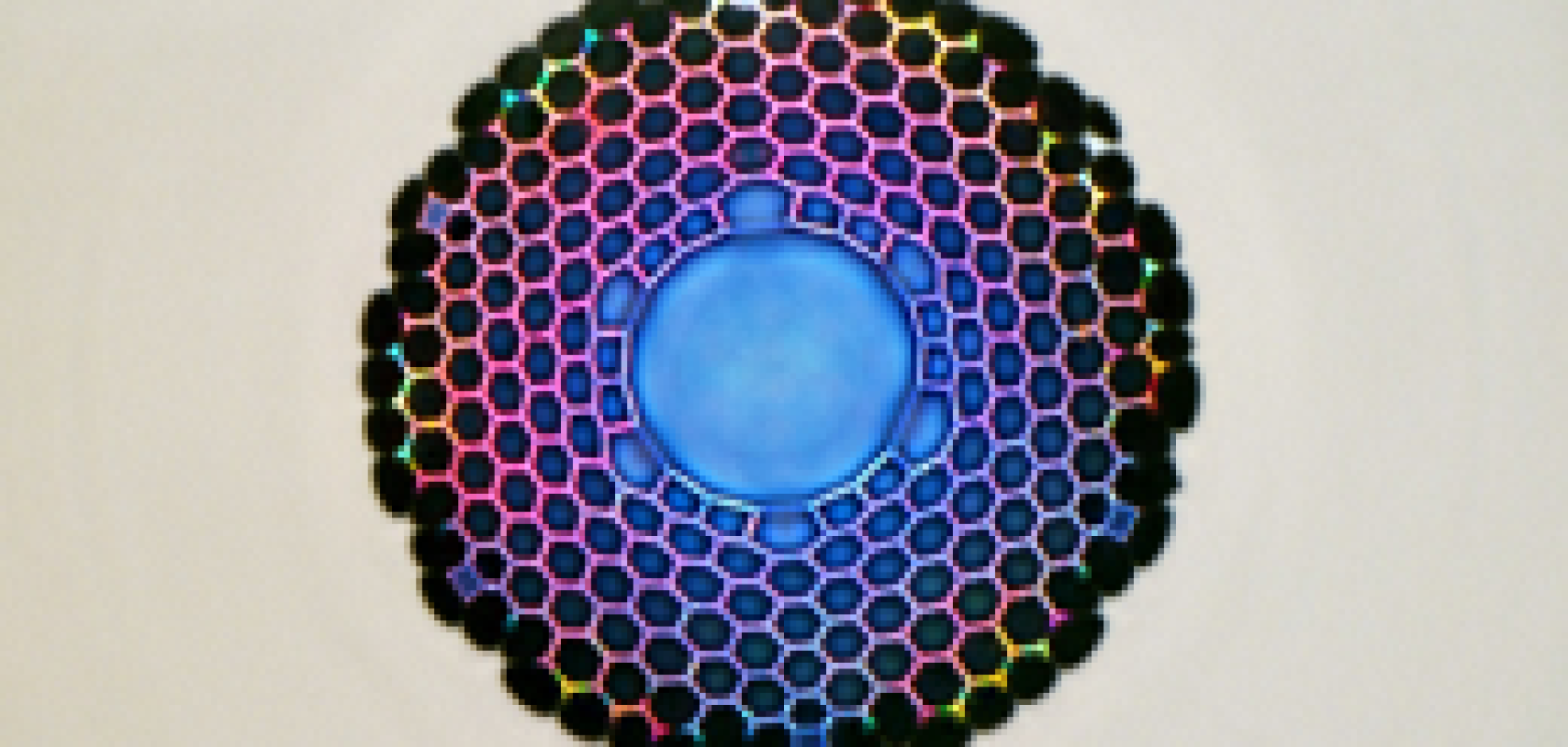The University of Southampton’s Optoelectronics Research Centre (ORC) is to lead a £6.1 million EPSRC-funded programme – officially launched earlier this month – in a concerted effort to develop and demonstrate the potential of hollow-core optical fibres.
Bringing together more than 25 research organisations and industry partners, the new AirGuide Photonics programme hopes to develop ‘the next generation of optical fibres’ and realise their enormous potential across a multitude of uses, ranging from a more responsive internet, through space exploration, to laser based manufacturing and bioengineering.
Today’s conventional optical fibres contain a glass ‘core’ at the centre of the fibre through which light is transmitted. However, not only does this glass centre limit the speed of the light as it passes through, but it also adversely affects other aspects of its propagation, thereby limiting the performance of the fibre and the associated optical system. AirGuide Photonics will replace this conventional glass core with air, or a vacuum, to produce hollow-core ‘light pipes’.
By guiding light through air, rather than through glass, these new optical fibres offer the potential for increased bandwidth with lower latency, greatly improved power handling and improved overall quality of light transmission.
The AirGuide Photonics programme partners include universities and research institutes, optical components suppliers such as Oclaro and II-VI (UK) as well as potential end users of hollow-core fibre products like BT and Microsoft. The programme intends to develop bespoke, application-specific fibres based on the project partners’ particular interests, and will work with the partners to demonstrate real world uses of the technology that will serve to showcase its unique properties.
Microsoft’s participation is particularly interesting as one of the early applications for hollow-core fibre could be in intra-data centre networks. Since light travels approximately 30 per cent faster in air than it does in glass, latency would be 30 per cent lower (see Hollow fibre 'transmits data 30 per cent faster'). That adds up to milliseconds saved when moving data, which means improved response times and overall performance.
The new programme will also explore the performance limits of hollow-core fibre technology as well as more reliable means of manufacturing the fibres. The sub-micron features of hollow core fibres are particularly challenging to make, though considerable progress has been made (see Southampton team claims hollow-core fibre breakthrough).
Other work packages will develop new methods of interconnecting these new optical fibres to more conventional fibre types as well as other optical components such as lasers – essential if the new technology is to be compatible with existing components and cables.
Professor David Richardson, programme lead for AirGuide Photonics, and Deputy Director of the University’s Optoelectronics Research Centre, said: “The ORC has been at the forefront of photonics for over 40 years. Our new AirGuide Photonics programme will continue to push the boundaries of what can be achieved with optical fibres and develop a disruptive technology that puts the UK at the forefront of optical technology.”


